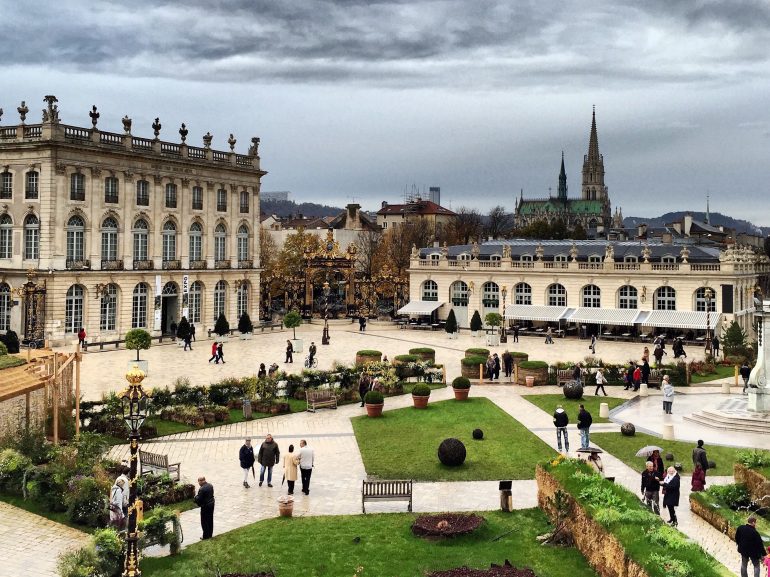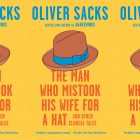Eudora Welty and Place in Storytelling

In her essay “Place in Fiction,” originally delivered as a lecture at Duke in 1955, Eudora Welty almost immediately positions place as an antidote to broad generalizations about human experience. She writes, “Mutual understanding in the world being nearly always, as now, at low ebb, it is comforting to remember that it is through art that one country can nearly always speak reliably to another.” Throughout the essay, she goes on to parse with specificity the many functions of place in the novel, and the multitude of powerful relationships between author and place. What results is a taxonomy of physical and fictional worlds. She examines authors who write about fictionalized homelands (William Faulkner), authors who write about home from afar (James Joyce, Katherine Mansfield), and authors who write about adopted or spiritual homes (Ernest Hemingway). She explores the role of place in collective memory, hones in on places as sites of specific feelings, and holds up place as an antidote to generality, a way of grounding a book.
Ultimately the essay argues for a mobile, flexible authorial eye (“it is only the vision that can be new”), regardless of the specific setting in which an author finds herself. As Welty puts it, “Art, though, is never the voice of a country; it is an even more precious thing, the voice of the individual, doing its best to speak, not comfort of any sort, indeed, but truth.” In constructing a vibrant sense of place in a novel, Welty suggests the author overcomes a dual problem: first, she avoids “fancy and frivolous” language that doesn’t “serve the purpose” of the work; second, she doesn’t get too bogged down in “actuality,” which Welty sees as “even more confusing, irrelevant, diluted and generally far-fetched than ill-chosen words can make it.” To electrify place frees the author from the limiting bounds of reality, while at the same time grounding her: “bringing us back to earth when we fly too high.” Welty characterizes this duality—place as both abstracting and grounding—with a striking metaphor:
Carried off we might be in spirit, and should be, when we are reading or writing something good; but it is the sense of place going with us still that is the ball of golden thread to carry us there and back and in every sense of the word to bring us home.
In another essay, “Writing and Analyzing a Story,” Welty engages with her theory of place on the level of the short story. This essay focuses partially on the act of critical analysis itself—Welty is reluctant to offer “generalizations about writing”—and then takes as its subject one of Welty’s own stories, “No Place for You, My Love.” But the essay also echoes and nuances the ideas about place Welty sets forth in “Place in Fiction.” If “Place in Fiction” emphasizes the importance of an author’s eye, an eye that interacts with and shapes place, “Writing and Analyzing a Story” underlines the way place can shape a story-in-progress. In “Place in Fiction,” Welty shows the reader the value of place in determining a novel’s quality—its “goodness.” In “Writing and Analyzing a Story,” Welty acknowledges place as essential to the existence of story at all.
Welty admits that she began a draft of “No Place for You, My Love” by writing “in terms of the hermetic and the familiar.” The draft evolved because of a shift in place: “What changed my story was a trip,” she says—a road trip with a friend “down south of New Orleans to see that country for the first (and so far, only) time.” She says, “when I got back home, full of the landscape I’d seen, I realized that without being aware of it at the time, I had treated the story to my ride, and it had come into my head in an altogether new form.”
This new physical space Welty encounters unlocks new mysteries and energies in the in-progress story. As she writes, “the place, once entered into the writer’s mind in a story, is in the course of writing the story, functional.”
In both essays Welty argues that place is as central to fiction as elements like “character, plot, [and] symbolic meaning.” Further, she sees place as the meeting point of these elements, as transcending its simple definition as “the location of a novel.” Place becomes a tangle of associations; it transforms into a stand-in term for the less tangible elements of a piece of writing, the sometimes-overlooked but essential core. As Welty points out in “Place in Fiction,” “Every story would be another story, and unrecognizable as art, if it took up its characters and plot and happened somewhere else.” These two essays redefine place not only as setting but as a substance in which the story is suspended—unobtrusive, impossible to remove.
Image: Place Stanislas (Alexey Matveichev, 2014)



